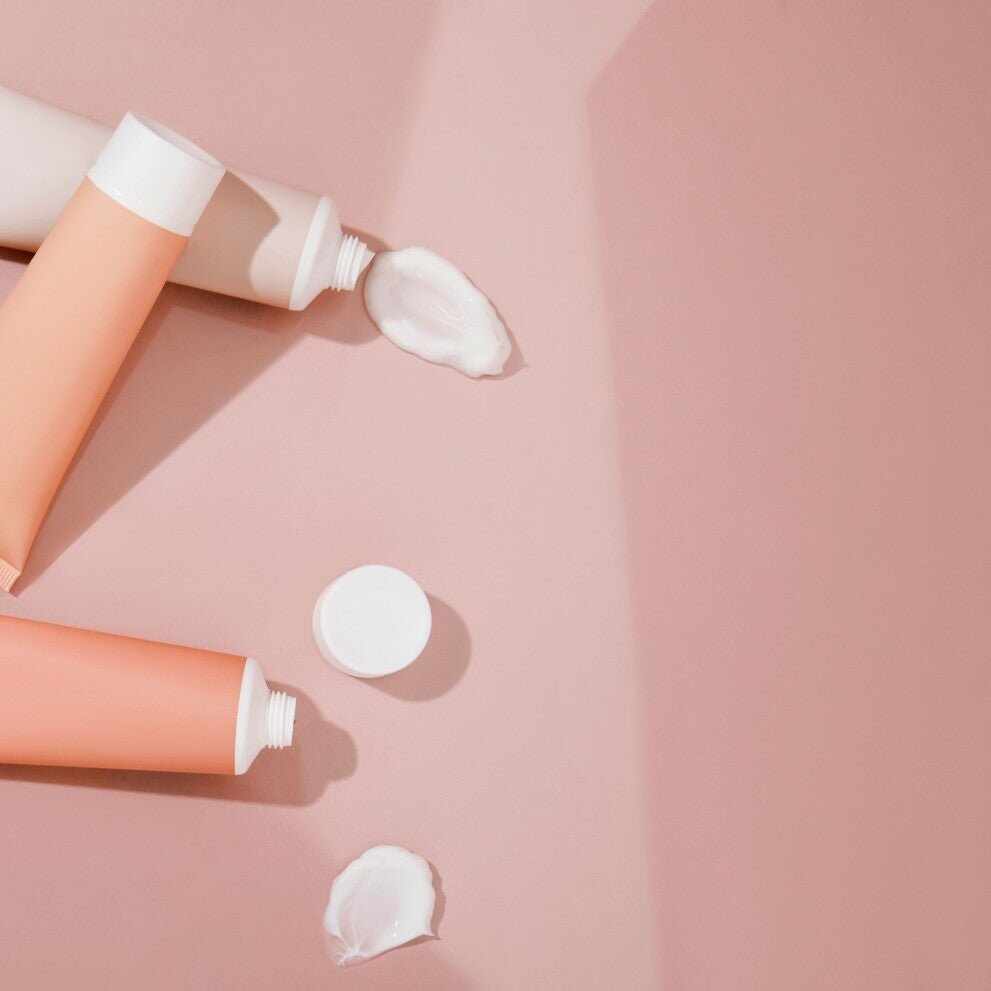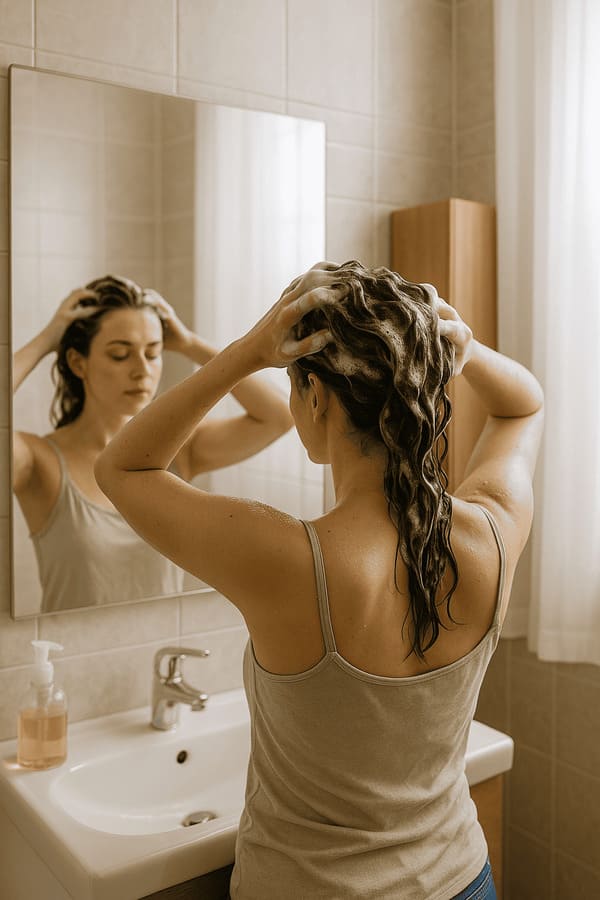Alcohol in Cosmetics: Friend or Foe? Often demonized, alcohol actually plays an important role in many products. Let's delve deeper into alcohol and its properties to dispel some myths.
The index
What is alcohol in cosmetics?
It is more correct to speak of alcohols , a group of organic compounds with different characteristics. Pure alcohol, or ethanol, is a colorless, flammable liquid with an intense odor and flavor. Produced by the fermentation of sugars or biomass containing starches, ethanol is used both in cosmetic production and in natural remedies.
Cosmetic properties of ethanol
Ethanol in cosmetics offers several properties: lipolytic (dissolves fats), preservative, bactericidal, anti-inflammatory, deodorant and hygroscopic (absorbs moisture). It also acts as a solvent, allowing you to mix ingredients that are otherwise insoluble in water, such as some volatile essential oils.
Is alcohol harmful to your skin?
It depends on the concentration and skin type. The lipo-degreasing and hygroscopic action of ethanol, if present in high quantities, can compromise the skin's lipid barrier, causing dryness. For this reason, creams for dry skin should not contain high concentrations of alcohol, indicated as "Alcohol" in the INCI (International Nomenclature of Cosmetic Ingredients) at the top of the list of ingredients. A concentration of up to 5% ethanol is generally well tolerated, even by dry skin, since it evaporates during application, performing a mainly solvent and bactericidal function. At 7%, ethanol acts as a preservative, often preferable to synthetic alternatives such as parabens, which are absorbed by the skin.
Cosmetic alcohols: which ones to choose?
In cosmetics, pure ethyl alcohol is not the only thing used. Denatured alcohol, common in conventional cosmetics, is often linked to phthalates, plasticizers that are potentially harmful to the endocrine and reproductive systems if absorbed into the blood in the long term. Instead, there are alcohols derived from vegetable fats and waxes, which act as gentle, non-toxic and biodegradable surfactants. These alcohols, although having the same chemical base as ethanol, have a completely different action: they moisturize, soften and reduce skin irritation. Some examples are: Cetyl Alcohol, Cetearyl Alcohol, Stearyl Alcohol, Lanolin Alcohol and Behenyl Alcohol. The wording "alcohol-free" on the label indicates the absence of pure alcohol (ethanol) with a degreasing and dehydrating effect, but does not exclude the presence of other emollient alcohols.
In conclusion, alcohols in cosmetics are different. Carefully reading the INCI is essential, especially for dry skin, avoiding products with "Alcohol" at the top of the list of ingredients. If ethyl alcohol is at the bottom of the list, there is no need to worry: it will evaporate upon application.








